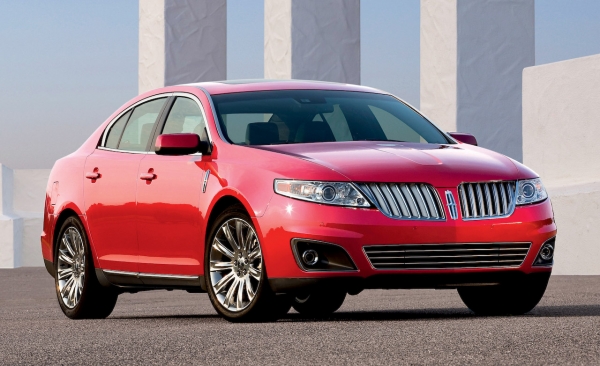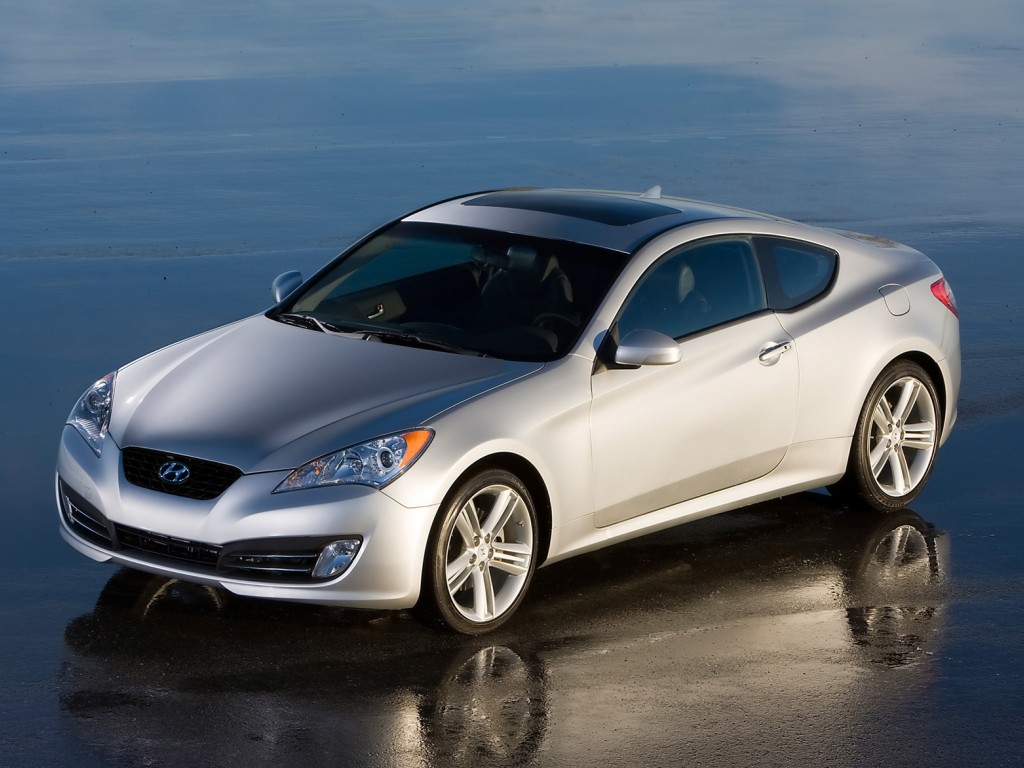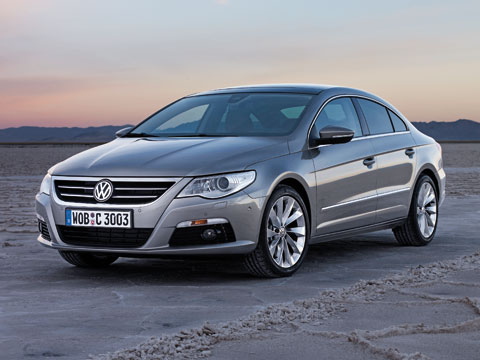Connect with Facebook
The previous owner gave me a list of the things he thought needed to be done to bring the car up to par and one of those things was cleaning the idle control valve which is pretty common in 944s and it's not such an easy job. The control valve stabilizes the idling of the car and it did idle a bit rough.
Some say you can get to the ICV (idle control valve) without removing the fuel rail and intake manifold which is true. You can remove the ICV but I'd say it's pretty unlikely that you'll get it back in. This is what I did...
I successfully removed the ICV without taking anything else apart which was a hassle due to small nooks and crannies I had to maneuver my hands around. You're lucky if you can even fit your hands between the intake manifold. If you have big hands forget about it. My girlfriend had to help with a few things because I couldn't get my hands in.
After removing the ICV, I cleaned inside and outside a few times with carb cleaner and lint free rags. Be sure to make sure the ICV is completely dry before reinstalling otherwise you could cause some expensive damage. When I looked into the little hole the ICV came out of with a flashlight I noticed a small vacuum hose that had completely dry-rotted. Aha! That was causing the rough idle!
Here's the quick list of the procedure:
1. Removed fuel pump fuse, and all hoses and cables connected to the fuel rail
2. Removed fuel rail, fuel dampener, and fuel pressure regulator
3. Removed a dozen nuts, bolts, and hose clamps to loosen intake manifold
4. Removed intake manifold
5. Removed fuel injectors, new caps, new o-rings, and cleaned
6. Removed dry-rotted vacuum hose
7. Installed new vacuum hose and cleaned ICV
8. Carefully scraped off old intake manifold gaskets
9. Installed intake manifold and new gaskets
10. Installed everything else I removed
11. Started the car and idled beautifully
If you do attempt this procedure on a 944, do have plenty of rags under the fuel rail when removing. Although the fuel pump has been disabled, there can still be plenty of fuel in the lines.
All in all, it wasn't that difficult of a job although it did take longer than expected. One thing to remember is, don't take anyone's word for things. Make sure for yourself. And as I've said before, keep in mind that there will always be additional parts you need to replace when taking them apart.
Progress pictures below...
Close-up of the engine with intake manifold in top of photo and fuel rail with fuel damper and fuel pressure regulator located between intake manifold and engine block. If you look closely you can see the idle control valve in between the two
center pipes of the intake manifold.

Removing vacuum hoses from fuel pressure damper and fuel pressure regulator. You can just see the bottom of the idle control valve indicated by the yellow arrow. There is just enough room to get a hand between the intake manifold.

Before removing the fuel rail you have to disconnect the electrical plugs from the fuel injectors along with all bolts holding the fuel rail to the engine block and the fuel lines to the fuel rail. Keep rags below fuel rail to catch any fuel left in the lines.

This is what the fuel rail looks like off the car.

In some cases, the fuel injectors come out with the fuel rail, but in this case only one injector came out. Just remove injectors one-by-one if this happens. Be careful when removing injectors, pull straight out or you could damage the caps or o-rings (red arrow pointing to injector that came out with fuel rail).

Remove all intake manifold bolts with care, they are very easy to strip since they are old, steel, allen-head bolts threaded into an aluminum intake manifold. Tap each bolt with a hammer and punch to "wake them up." Then remove all vacuum hoses attached to manifold and air box hose connector. Then you can remove the intake manifold from the engine (sounds easier than it actually is).

Right after you remove the intake manifold, shove some lint-free rags into the cylinders to stop any debris from falling into them. Then you'll need to carefully scrape off the old intake manifold gaskets with a putty knife or something similar. Be careful not to scrape the aluminum when doing this!

This is the famous idle control valve that the previous owner told me needed to be cleaned. It probably didn't hurt to do it but this was not causing the rough idling that I was experiencing. It was a small vacuum hose attached to the ICV that was cracked and needed to be replaced. To remove the ICV you'll need to unplug the electrical connector then remove the two vacuum hoses and nuts holding the ICV in place. To clean ICV, simply spray carburetor cleaner into both openings and drain several times. You'll notice the liquid coming out of the other end will become cleaner and cleaner.

Since I was removing the fuel injectors and cleaning them as well, I decided to get new caps and o-rings for them. The only kits for these (other than Porsche dealerships) are available from Rennbay.com for under $30.

The picture to the left shows 2 injectors side-by-side. The one on the right has been stripped of its cap and o-rings and the one on the left has been refitted with new caps and rings.
You can send your injectors away to get cleaned professionally if you feel they are not performing well enough.

Here is the fuel rail with the newly capped injectors attached. Be sure to insert injectors into injector holes at the correct angle so you don't bend anything out of shape. Reassembly is opposite of assembly so it's very straight forward. Just lightly grease new intake manifold gaskets, attach to engine block, and tighten intake manifold.
--M/o































 Removing vacuum hoses from fuel pressure damper and fuel pressure regulator. You can just see the bottom of the idle control valve indicated by the yellow arrow. There is just enough room to get a hand between the intake manifold.
Removing vacuum hoses from fuel pressure damper and fuel pressure regulator. You can just see the bottom of the idle control valve indicated by the yellow arrow. There is just enough room to get a hand between the intake manifold.










